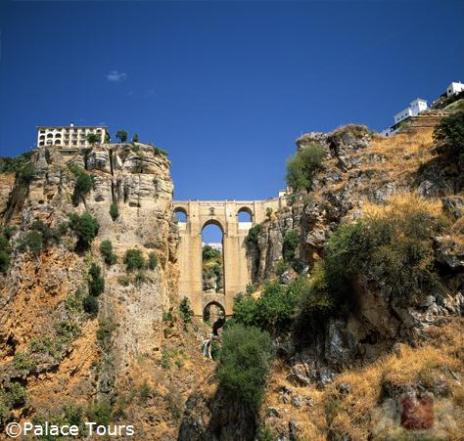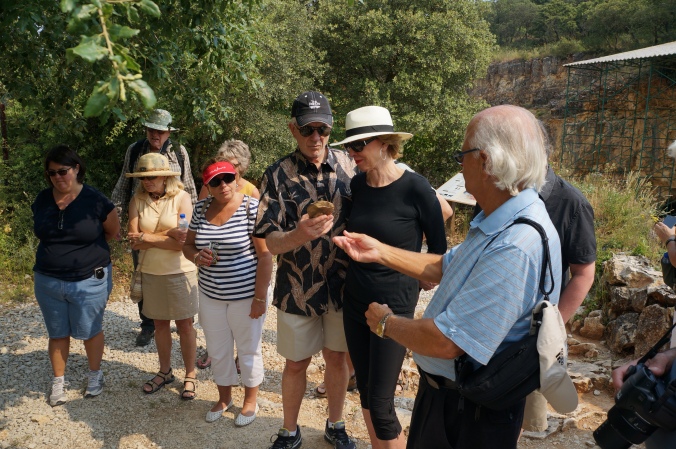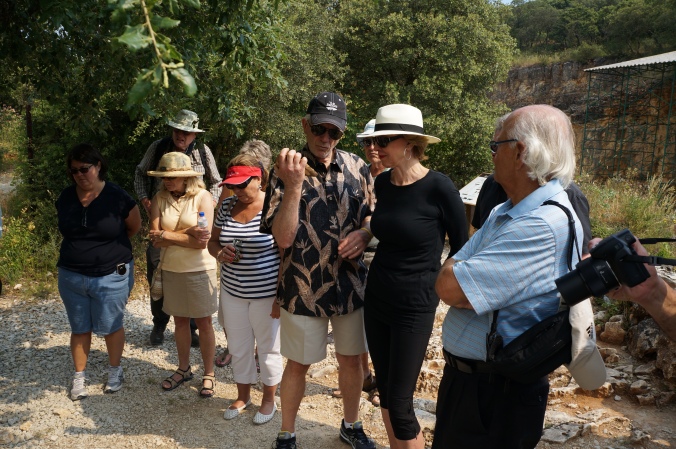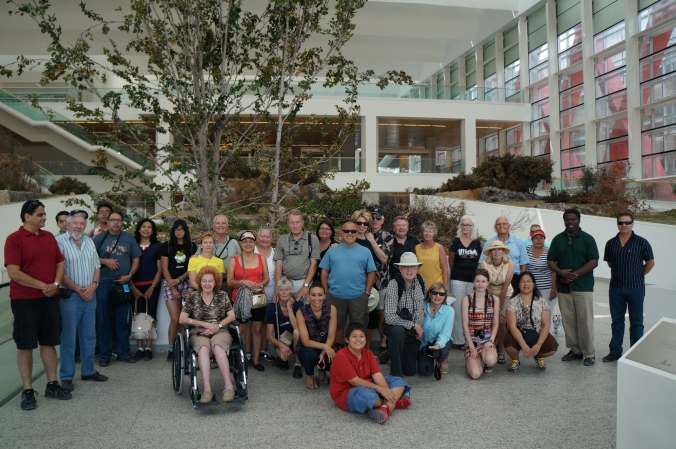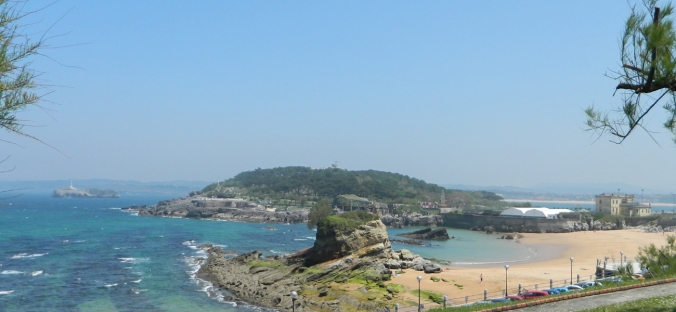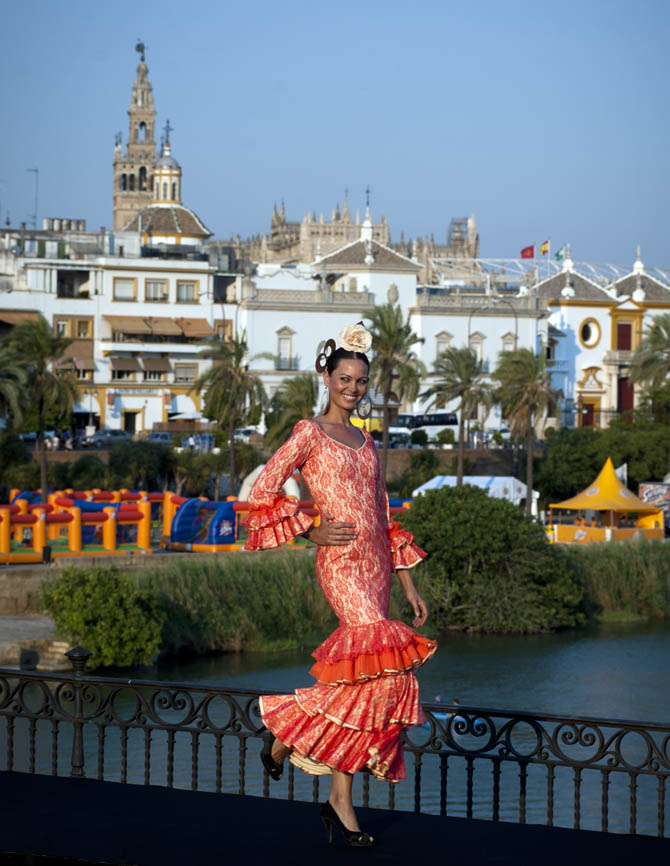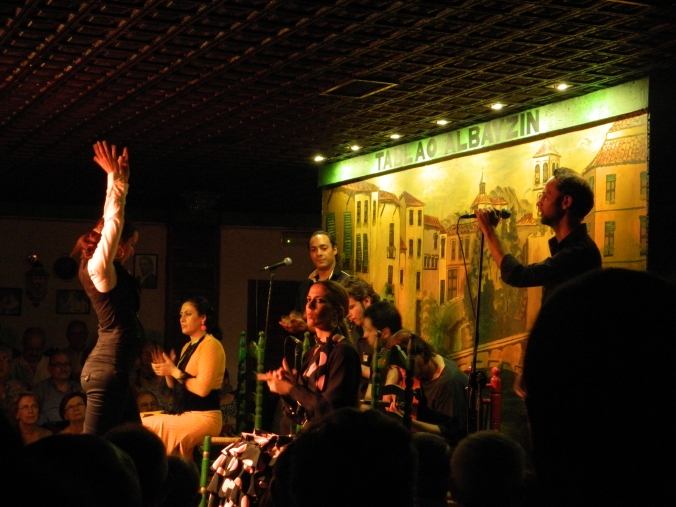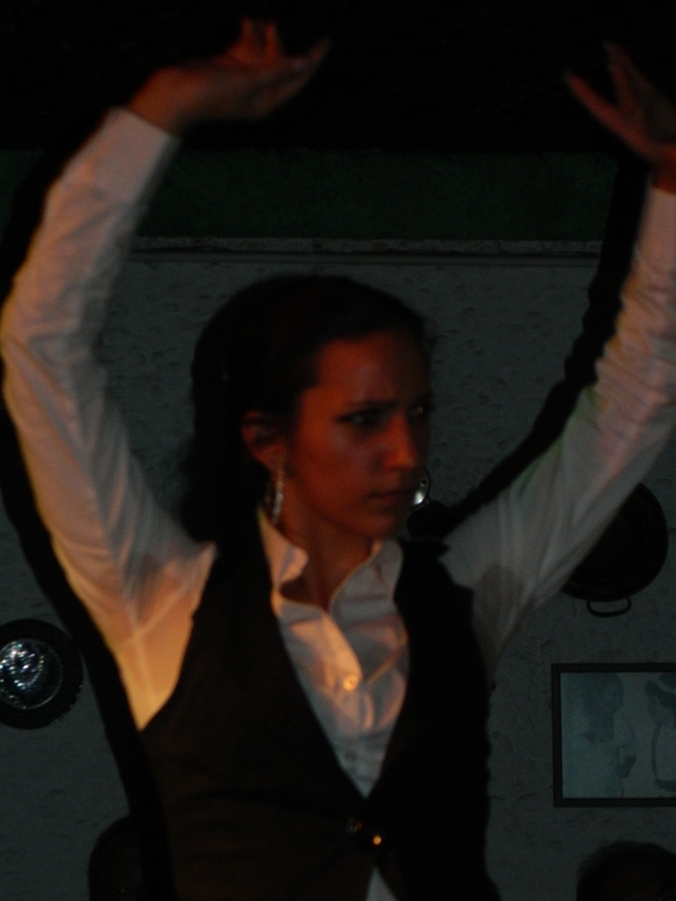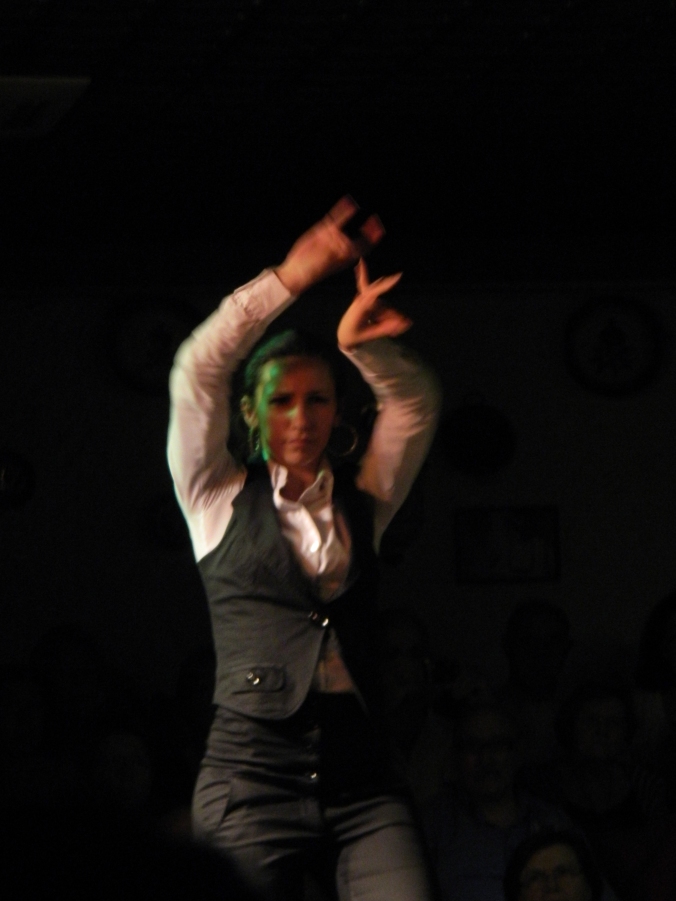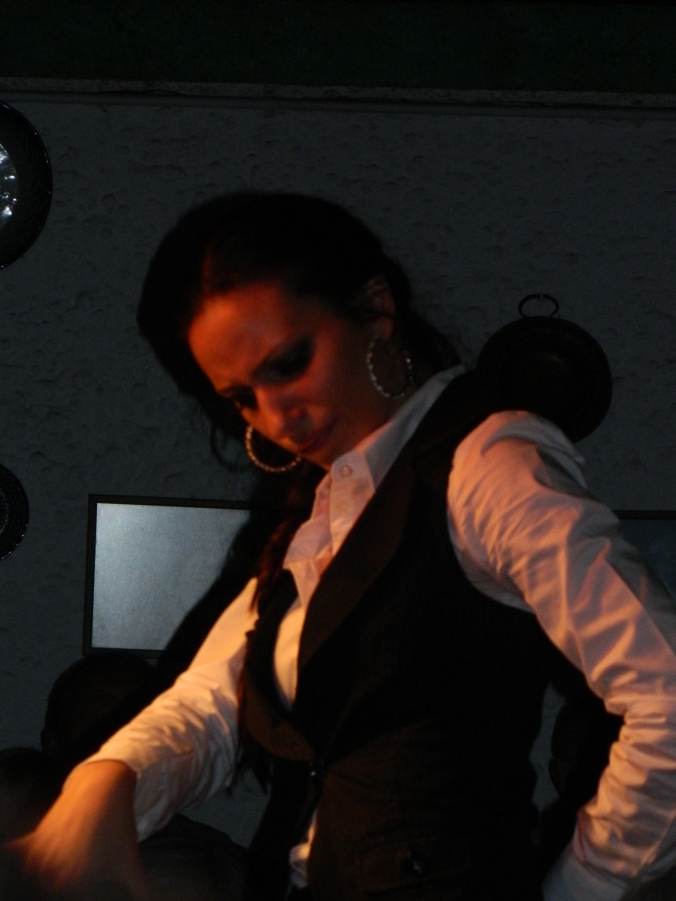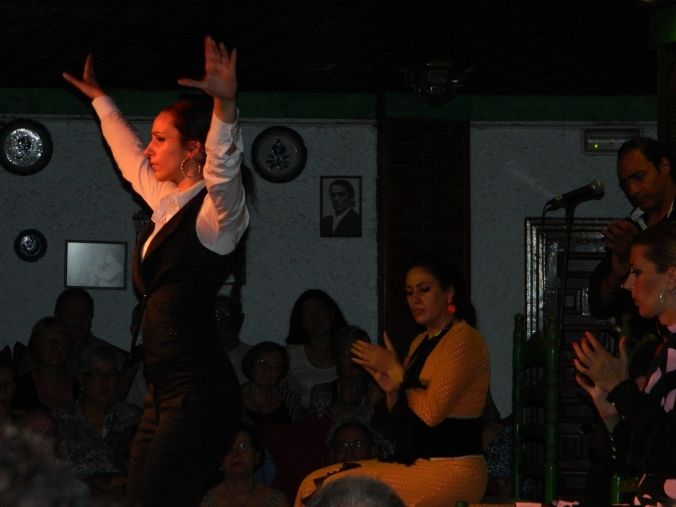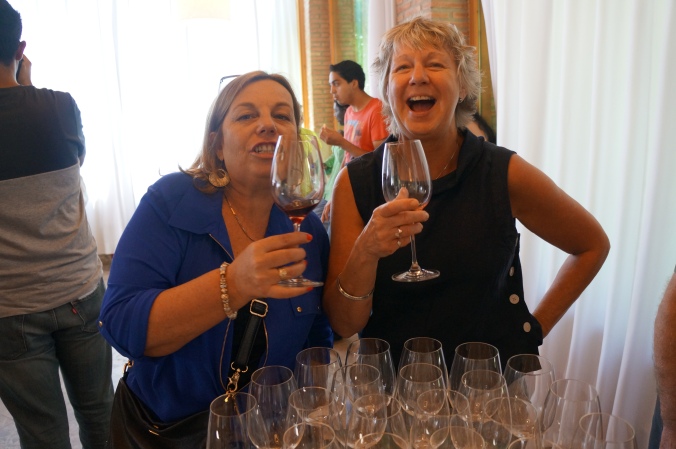Spanish Paradores were started to help preserve failing historical structures such as Medieval Castles, Renaissance Palaces, Arab Fortresses, Monasteries and Convents. Although you may be staying in an establishment built hundreds of years ago, these are luxury accommodations that have been renovated to include modern amenities*. There are also brand new hotels that have been built to further promote tourism in all areas of Spain. These establishments generate income for some of the more remote areas, such as smaller medieval towns that were first inhabited long ago. Although some Paradores are located in remote areas, as to not to compete with the private sector, they are remarkable areas with beautiful landscapes.
Each of the Paradores is well known for the exquisite restaurants and warm Spanish hospitality. Because the Paradores are state owned and operated, everything is local – from the furnishings to the food. The elegant dining rooms at each Parador serve traditional local cuisine and wines, and bring in about half of the hotel’s profits.
Booking a Parador in Spain is one of the best ways to immerse yourself into the local cuisine, culture and history.
Interested in staying in a luxurious Parador on your trip in Spain – such as the gorgeous Parador de Ronda located atop a whitewashed cliff:
Guests may call 1-800-724-5120 or email travel@palacetours.com for more information and Parador rates.
*Check individual Parador locations for information on elevators and WiFi
